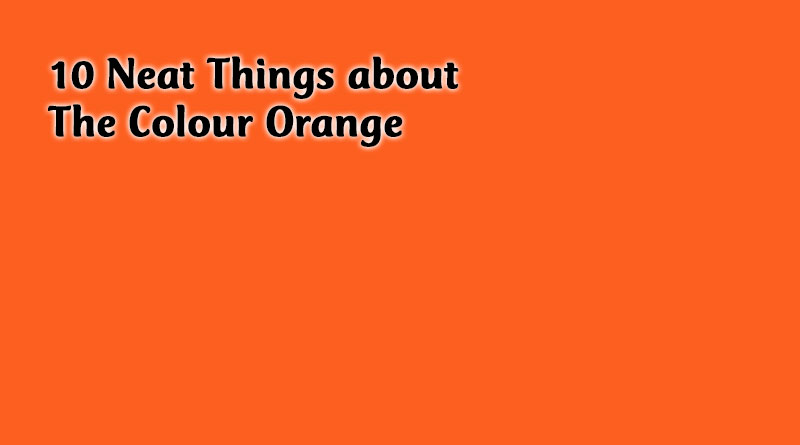About Orange

1. Pumpkins.
The favourite squash for this time of year is usually orange coloured. Pumpkins start out green through the summer but turn orange as the days turn shorter. Like the leaves on the trees, the orange, from carotenoids, was always there but you couldn’t see it because the green, from chlorophyll, was stronger. Chlorophyll degrades as the days get shorter, so you can see the carotenoids in the fall. Pumpkins also need sufficient moisture to turn orange; if the summer has been very dry, it will take longer.
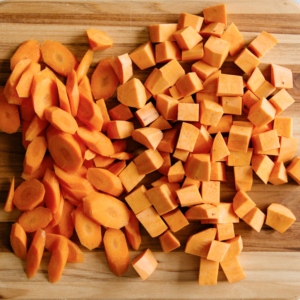
2. Carrots and sweet potatoes.
These also get their orange colour from carotenoids, as do mangos and tomatoes. Just about all living things that are orange are orange because of these pigments, which remain remarkably stable when heated. Salmon, shrimp and egg yolks? Also full of carotenoids, which range in tone from red to yellow.
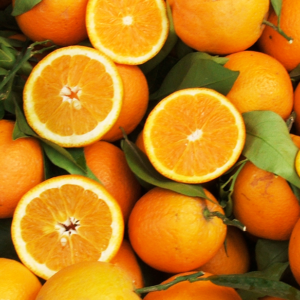
3. Oranges.
Which came first, the fruit or the colour? The fruit was named orange before the colour, coming from the French (same spelling, emphasis on the second syllable), which came from the Italian narancia, which came from the Arabic nāranj. Before oranges were heard of in England, you had to call anything orange, like hair, red or yellow, depending on the shade.
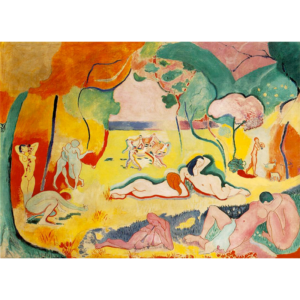
4. Joy.
Orange is the colour of merriment. It is the traditional colour of the robe worn by Bacchus, god of wine, in mythological paintings. It is also the predominant colour in Henri Matisse’s painting Joy of Life.
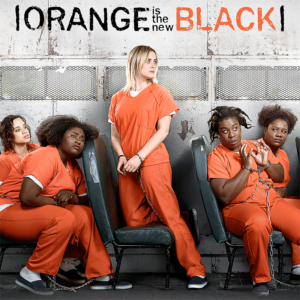
5. Visibility.
It is also a colour that is highly visible in contrast to other things. Temporary highway signs are orange so you can see them. Prison uniforms are often orange so escaped prisoners are easy to see. The “black box” of airplanes, that records what is happening and what search teams are always after following a crash, also tend to be painted orange.
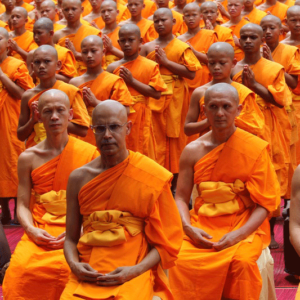
6. Buddhism.
Buddha himself chose orange as the colour of spiritual perfection. It is a sign of renouncing the outer world and becoming part of the order of monks. In Hinduism, wandering holy men called sadhus also dress in orange.
7. Light orange.
If you want to cheer someone up, expose them to the colour light orange. Apparently, it evokes a sense of healthiness and liveliness in people and gives them hope. Check the tint, though; dark orange reminds people of hubris and aggression.
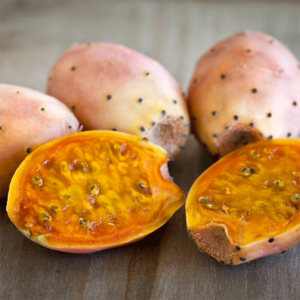
8. Betalain.
There is another pigment in plants, other than cartoenoids, that can appear orange called betalain, which is generally a red or yellow pigment. There is a lot of betalain in beets and cactus pears. It appears to have anti-cancer properties and requires more study.
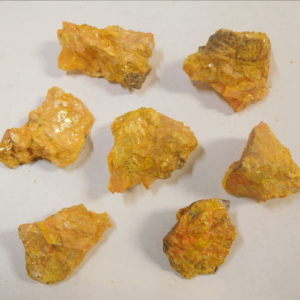
9. Minerals.
Things that are orange without carotenoids? Minerals. Two that were important to the ancient world are realgar, which was used by Egyptian tomb painters and medieval artists, and orpiment, favoured by ancient Roman artists. Both are full of arsenic. Today there are orange cadmiums and chromiums for mixing paints. Other minerals, such as ochre (based on iron oxide) have also been employed in mixing orange coloured paints.

10. Fire.
Fire may come in a wide variety of colours, but when we think of fire we think of orange. The bright orange of a campfire is due to sodium, which emits a yellowy orange light when heated. The temperature of the flame also affects the colour. Orange is around 2000 to 2200 degrees Fahrenheit.
– Shauna Dobbie Copyright©
Pegasus Publications Inc.

